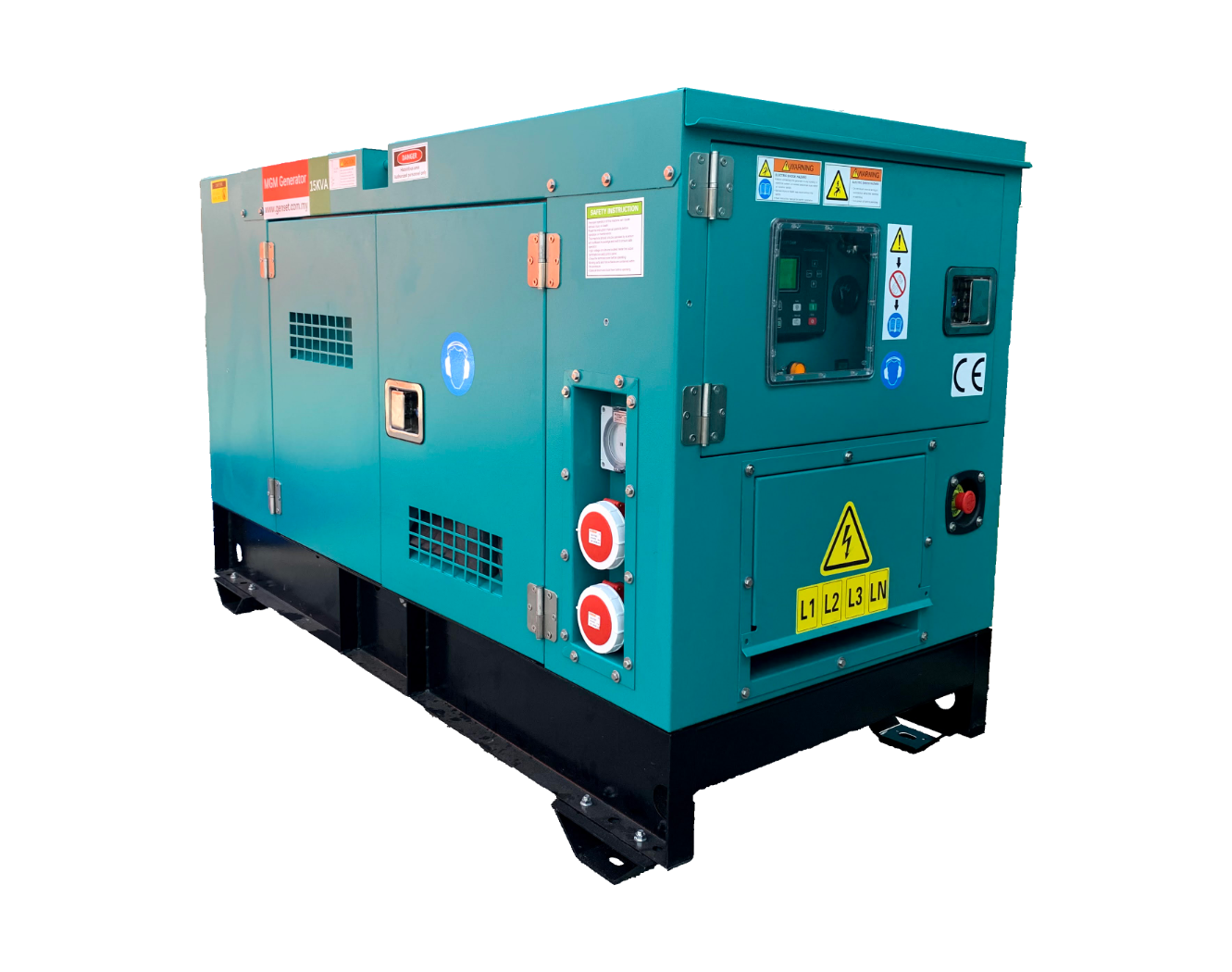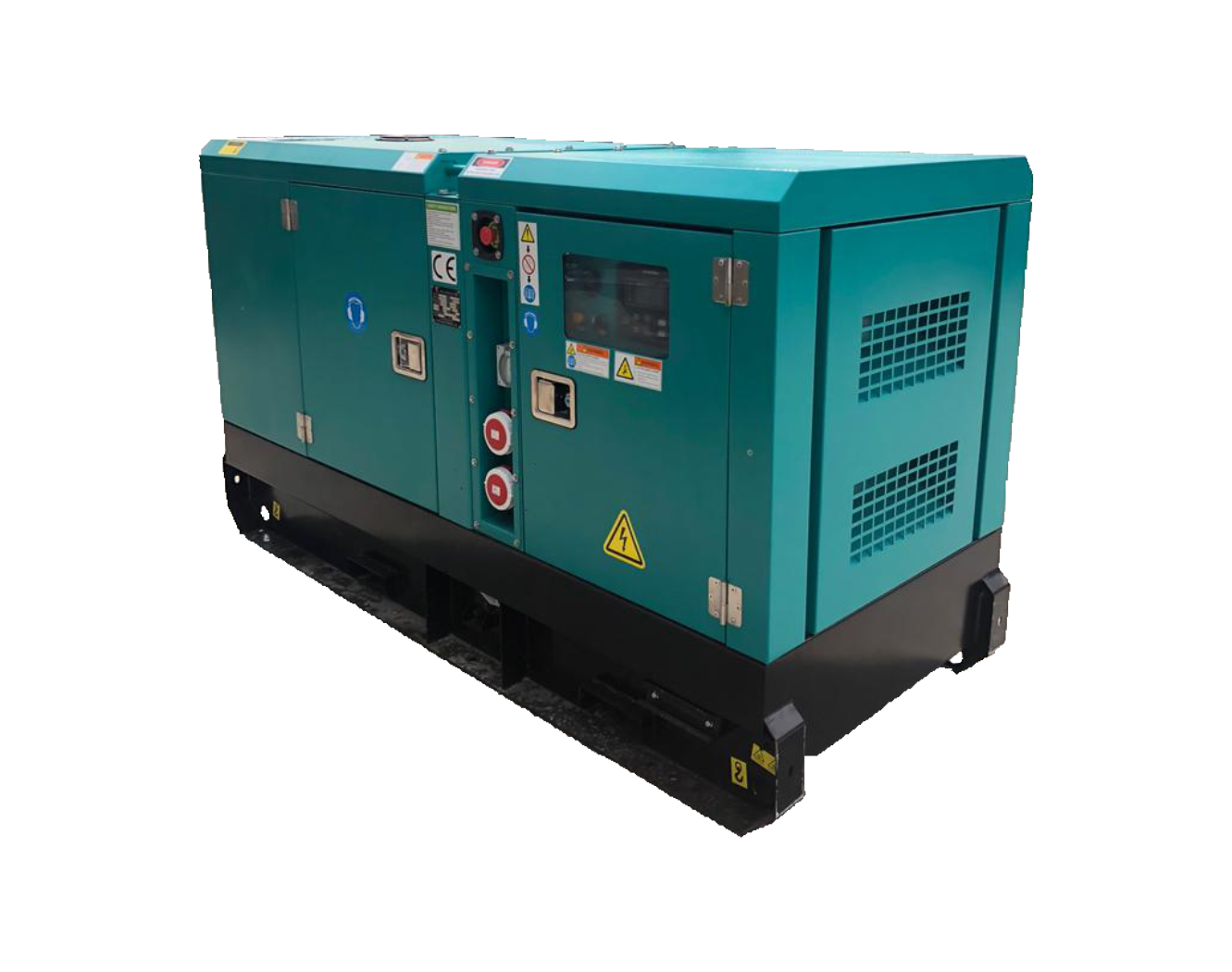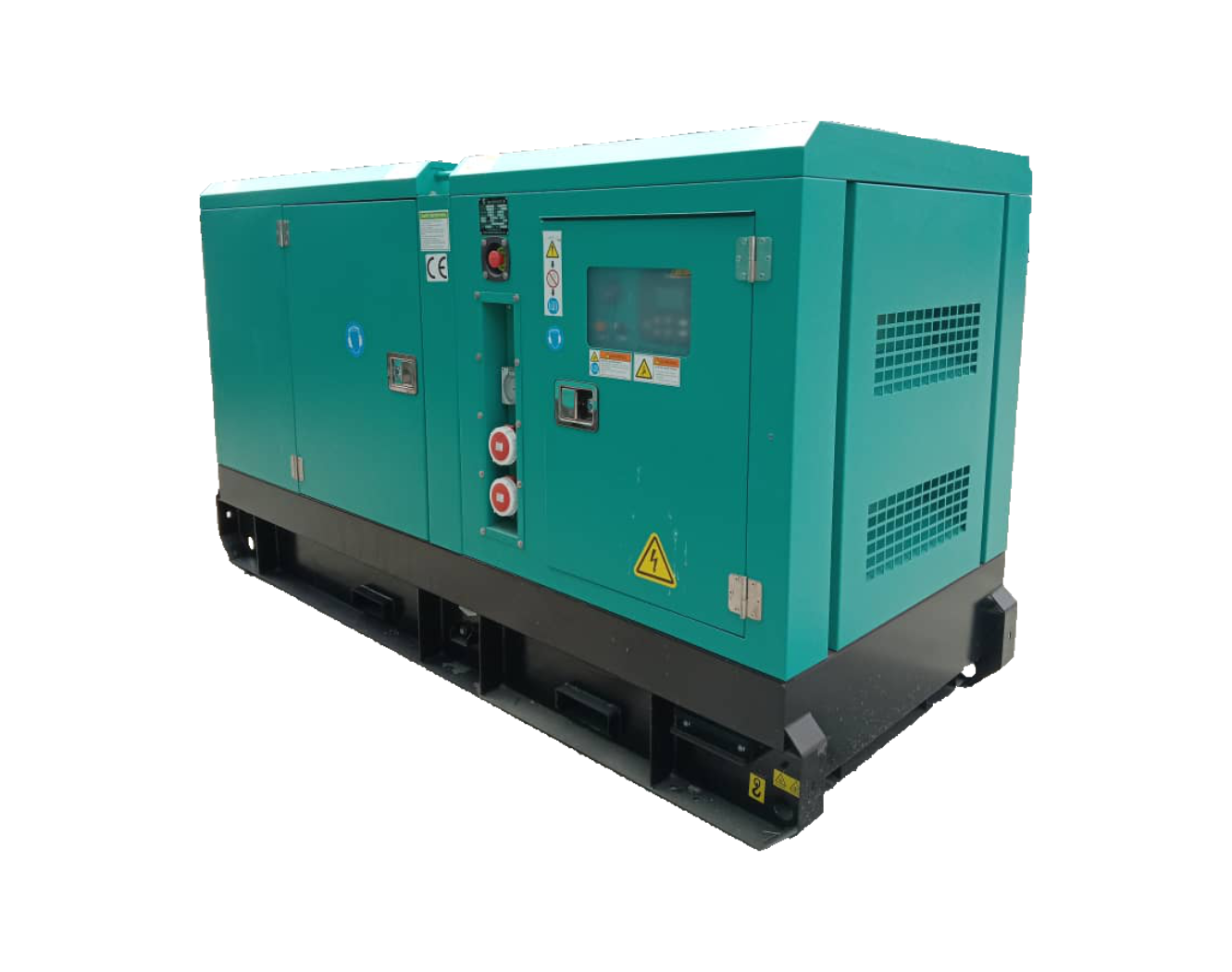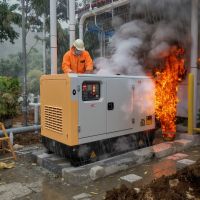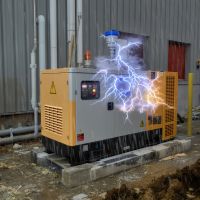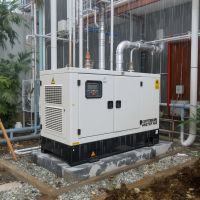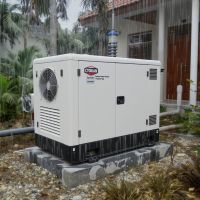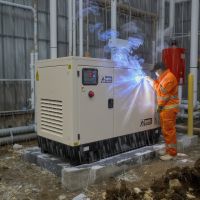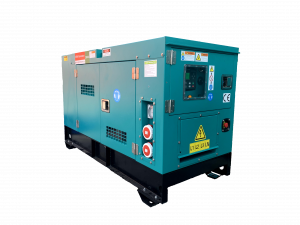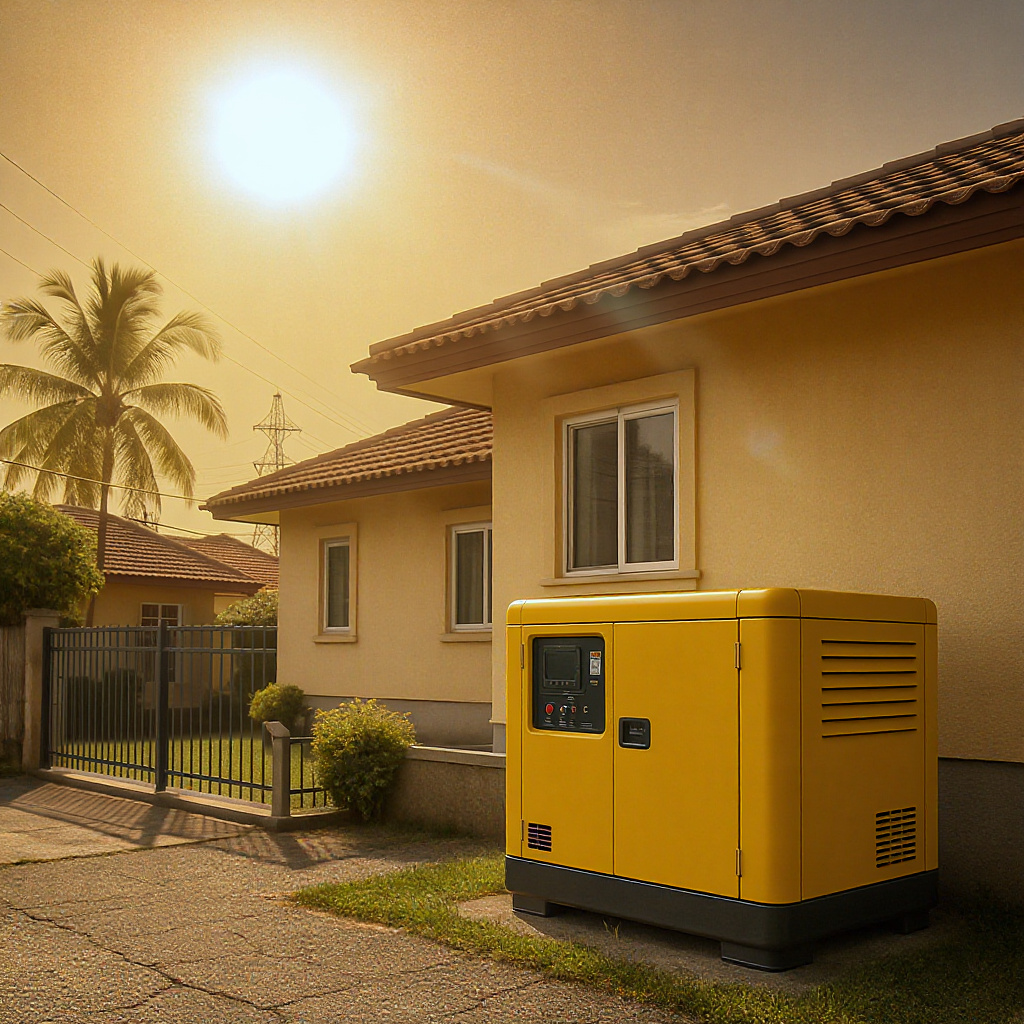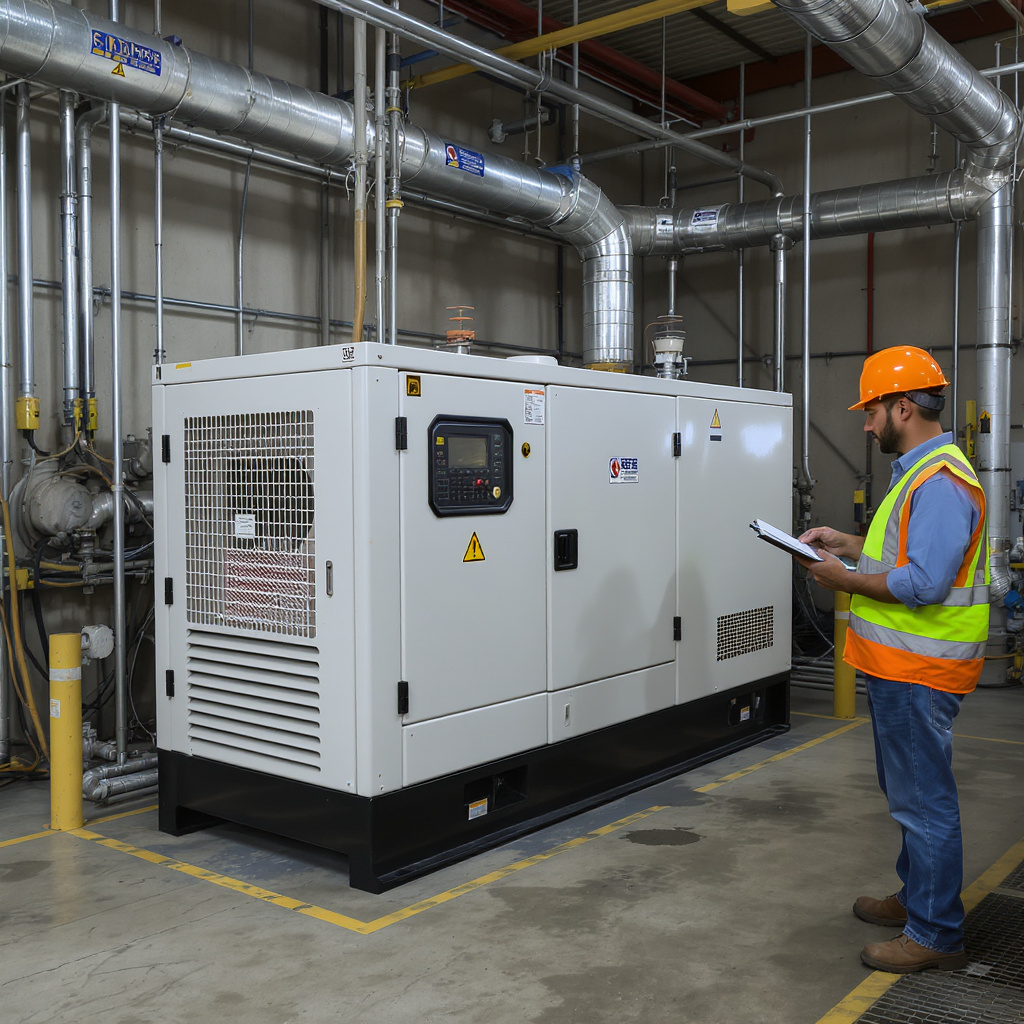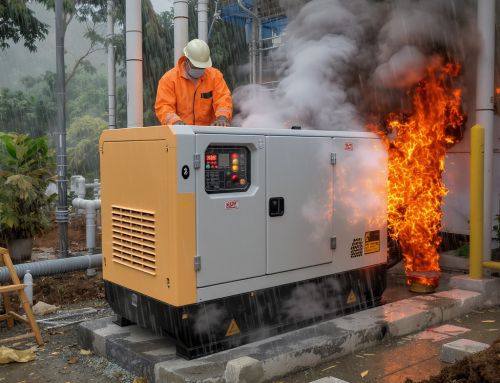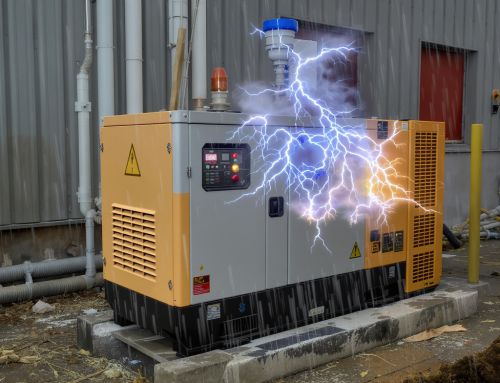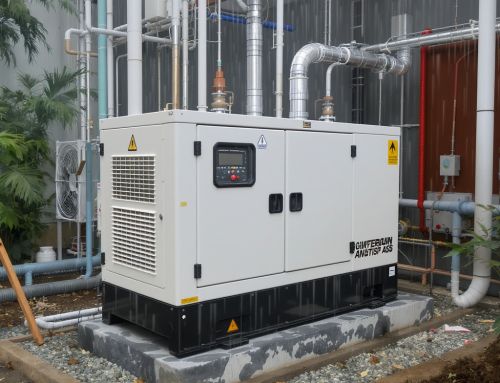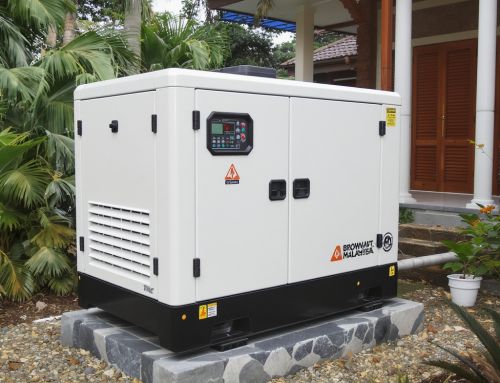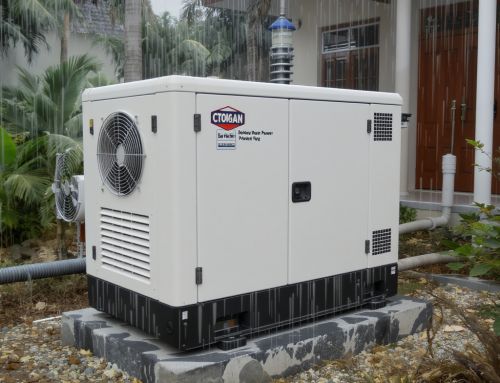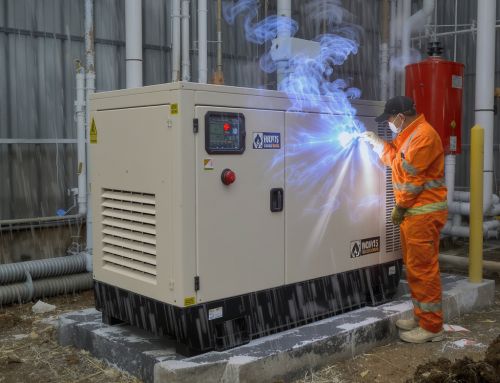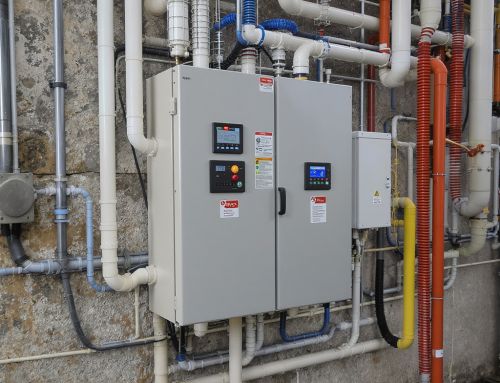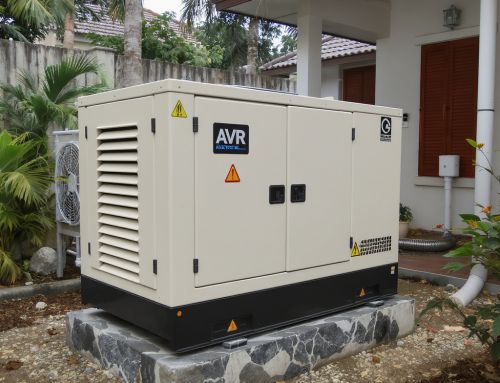Beating Malaysia’s Heatwave Brownouts: A Home/Commercial Generator Guide for Homes and Factories (ROI + Compliance)
Malaysia’s recent heatwaves are straining the grid just when homes and factories need cooling the most. Air-conditioning surges drive demand, transformers run hotter, and localized brownouts or outages become more common. Whether you manage a terrace home in Selangor or a light industrial facility in Johor, a properly sized backup generator can turn a costly disruption into a non-event—protecting safety, productivity, and your bottom line.
Why heat-related outages demand a different plan
Heatwaves don’t just cause longer outages; they also trigger voltage sags that damage sensitive electronics. For homes, that means air-con compressors, routers, and refrigerators; for factories, motor loads, VFDs, servers, and control systems. A standby generator stabilizes your micro-environment, keeping essential loads on and mitigating risks like heat stress, food spoilage, process scrap, and equipment damage.
For Malaysian homes: comfort, safety, and quiet performance
Residential needs vary, but the essentials are similar: keep lights, air-con in 1–2 rooms, Wi-Fi, and the fridge running. A compact residential genset with an acoustic enclosure and automatic transfer switch (ATS) ensures seamless switchover the moment grid power dips. Consider siting: maintain clearances from windows, ensure cross-ventilation, and use a compliant exhaust route to keep fumes away from living areas. Noise matters in dense neighbourhoods—look for units with certified sound attenuation so you can sleep through the night even while the generator works.
Curious about size? Many landed homes do well in the 20–35 kVA range depending on air-con count and starting currents. Explore an example spec such as the 30kVA MGM Generator to benchmark footprint, noise, and fuel options for residential standby applications.
Home ROI in plain numbers
Consider a family spending RM600/month on groceries and relying on continuous refrigeration and medication cooling. One 12-hour outage can spoil perishables worth hundreds of ringgit and trigger costly hotel stays. Add the value of uninterrupted work-from-home hours, preserved electronics, and comfort during peak heat. Over several seasons, the generator’s cost can be offset by avoided losses and added home value—while also supporting family health and safety.
For factories: protect uptime, compliance, and process quality
In a light industrial setting, a heatwave outage can cascade: chilled-water systems stall, compressors trip, and PLCs crash. Restarts introduce defects and rework; late orders harm customer trust. A commercial-grade generator sized for your critical loads (compressors, CNC, lighting, AHU/chillers, servers) is a strategic hedge that preserves throughput and QA targets.
Compliance and safety essentials
Heat increases risks: ventilation must be sufficient to maintain safe ambient temperatures in the generator room, and exhaust must be ducted properly. Ensure correct cable sizing, earthing, and ATS integration. For facilities, align with local authority requirements and industry standards for fuel storage, fire safety, and emissions. Clear signage, acoustic treatment, and maintenance access are non-negotiables for audit readiness.
Right-sizing and model selection
Typical starting points for light industry range from 60–250 kVA depending on motor starts and process loads. Compare options by transient performance, fuel burn at partial load, and service network. For heavier critical loads or future expansion, consider a higher capacity such as the 250kVA MGM Premium Generator with robust alternator sizing and sound-attenuated canopy.
Factory ROI: what uptime is worth
Calculate avoided downtime cost: (Average hourly output value + labour + energy + scrap risk) × outage hours per season. Add expediting and penalty risks. Many SMEs discover that a single prevented day of downtime contributes more than a year of finance payments on a properly specified genset.
Noise, emissions, and siting best practices
Modern enclosures achieve impressive dB(A) performance at 7m, critical for neighbourhood harmony and worker comfort. Specify low-smoke fuel strategies and ensure servicing for air filters and injectors during dusty, hot spells. For siting, target cool air intake, rain protection, and flood-aware elevations. In homes, keep units away from bedrooms and neighbour windows; in factories, isolate from production areas but preserve quick access for inspections.
Service, financing, and lifecycle planning
Standby generators are long-lived assets when maintained: periodic load testing, fuel polishing for diesel, oil/filter changes, and battery health checks ensure readiness. Consider extended warranties and service agreements tied to your operating profile. If you’re sizing up from a small starter unit, plan cable routes, ATS capacity, and slab space now to future-proof your site.
Next steps
Not sure what size you need? Our team can help you shortlist models for both homes and factories. If your home load is modest, start with benchmarks like the 30kVA MGM Generator. For plant-critical coverage, review options like the 250kVA MGM Premium Generator and we’ll help validate motor starting and harmonics.
Talk to us for a tailored, heatwave-ready solution: Contact Genset Malaysia, email genset@genset.com.my, or call +60129689816. Let’s keep your home comfortable and your factory productive—no matter how hot it gets.

